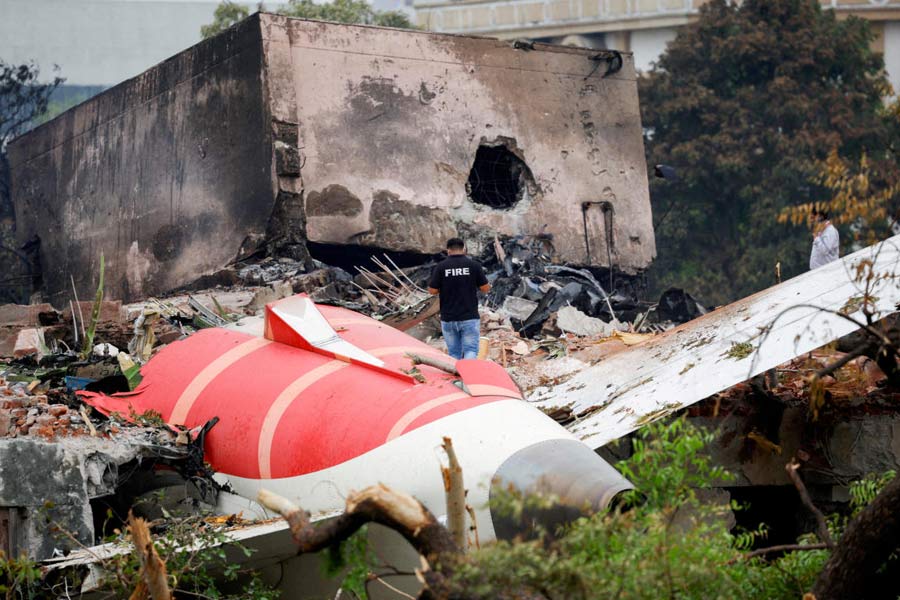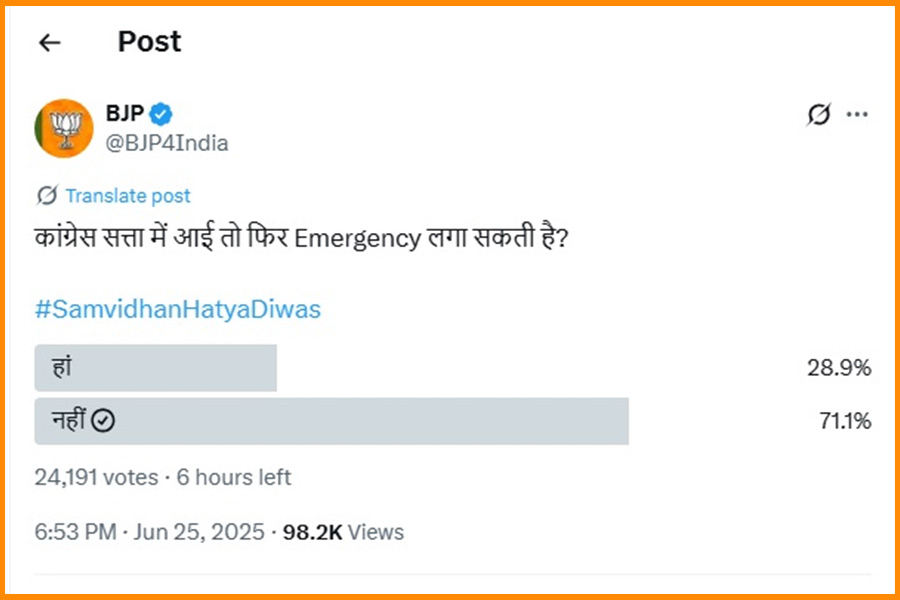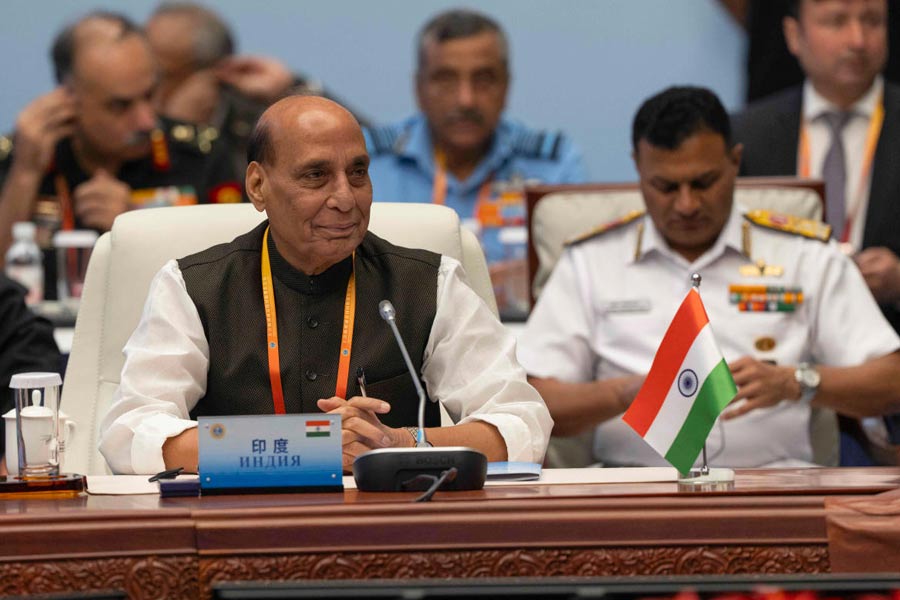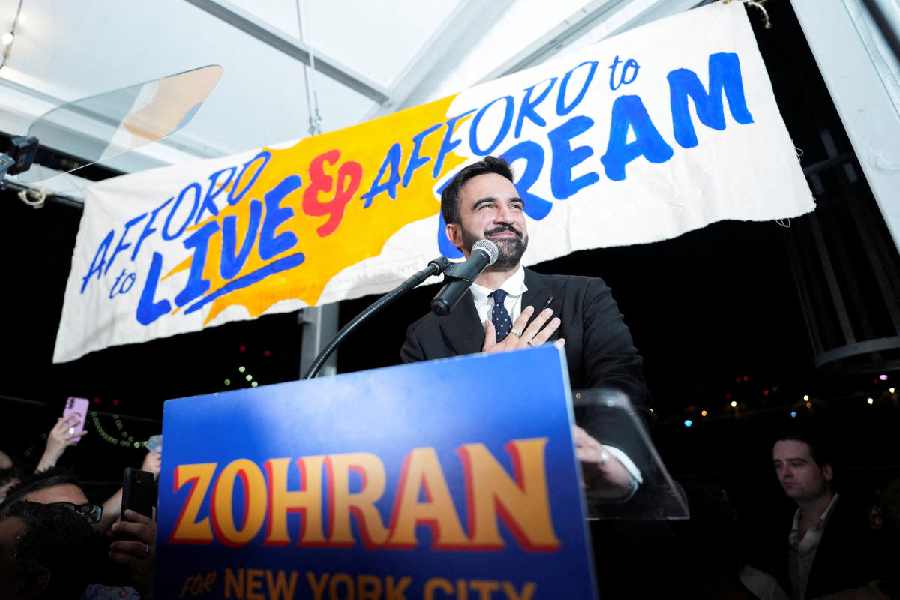All icons are alike. But a misplaced icon is misplaced in its own unique way. The leaders of the Communist Party of India (Marxist) may have surprised themselves by choosing Bidhan Chandra Roy to be the new icon of industrialization in West Bengal. Roy was known all his life as an anti-communist, and he banned the undivided Communist Party of India in the later Forties when the CPI was following its infamous extremist line of insurrection. Throughout his chief ministership, Roy’s principal critic and foe in West Bengal were the communists and the other Left parties that today constitute the Left Front. Within the chambers of the legislative assembly, the man who harassed Roy at every turn and hurled imprecations at him was none other than the redoubtable Jyoti Basu, today’s angry old man. The communists lampooned Roy in ugly graffiti across Calcutta’s walls, and even came close to accusing him of rigging the elections when Roy won by a narrow margin against a communist candidate, Mohammad Ismail, in 1957. It would be no exaggeration to say that the Left’s response to Roy has been one of extreme hostility. Why then this sudden and bewildering decision to honour him on his birthday, today?
The answer has nothing to do with Roy of course, since he is dead and gone and his legacy is a part of West Bengal’s history and baggage. The turnaround has to do with the CPI(M)’s own internal transformation. The communists have suddenly come to realize that they have no alternative but to carry out a rigorous policy of industrialization in West Bengal, where they have been ruling for more than thirty years. The problem with the communists is that for the better of those thirty years, they have not only pursued policies that were anti-industry but also hurled abuse at those who upheld industries and industrialization. As a result, the communists have no personality among their own whom they can put on a pedestal and use as an icon for the process of industrialization, which has recently been initiated.
The absence of a suitable figure in their own pantheon has forced on the communists a somewhat dubious choice. This is not because they were at one time sworn enemies of Roy. Questions arise because of Roy’s own record on industrialization. Many believe that West Bengal’s economic ills began when Roy agreed to the Centre’s policy of freight equalization. He alone, of all the chief ministers around in the Fifties, possessed the influence to make Jawaharlal Nehru change this policy. But he refused because of some vague promises that had been made to him. The Left, when it came to power very soon after Roy’s death, aggravated matters by its own policies and irresponsibilities. Capital ceased to consider West Bengal a friendly destination. The tide is turning. If Buddhadeb Bhattacharjee follows the right policies and provides the right ambience, capital will come to West Bengal, without a mascot. There is no need to make yesterday’s spectre into tomorrow’s icon.











